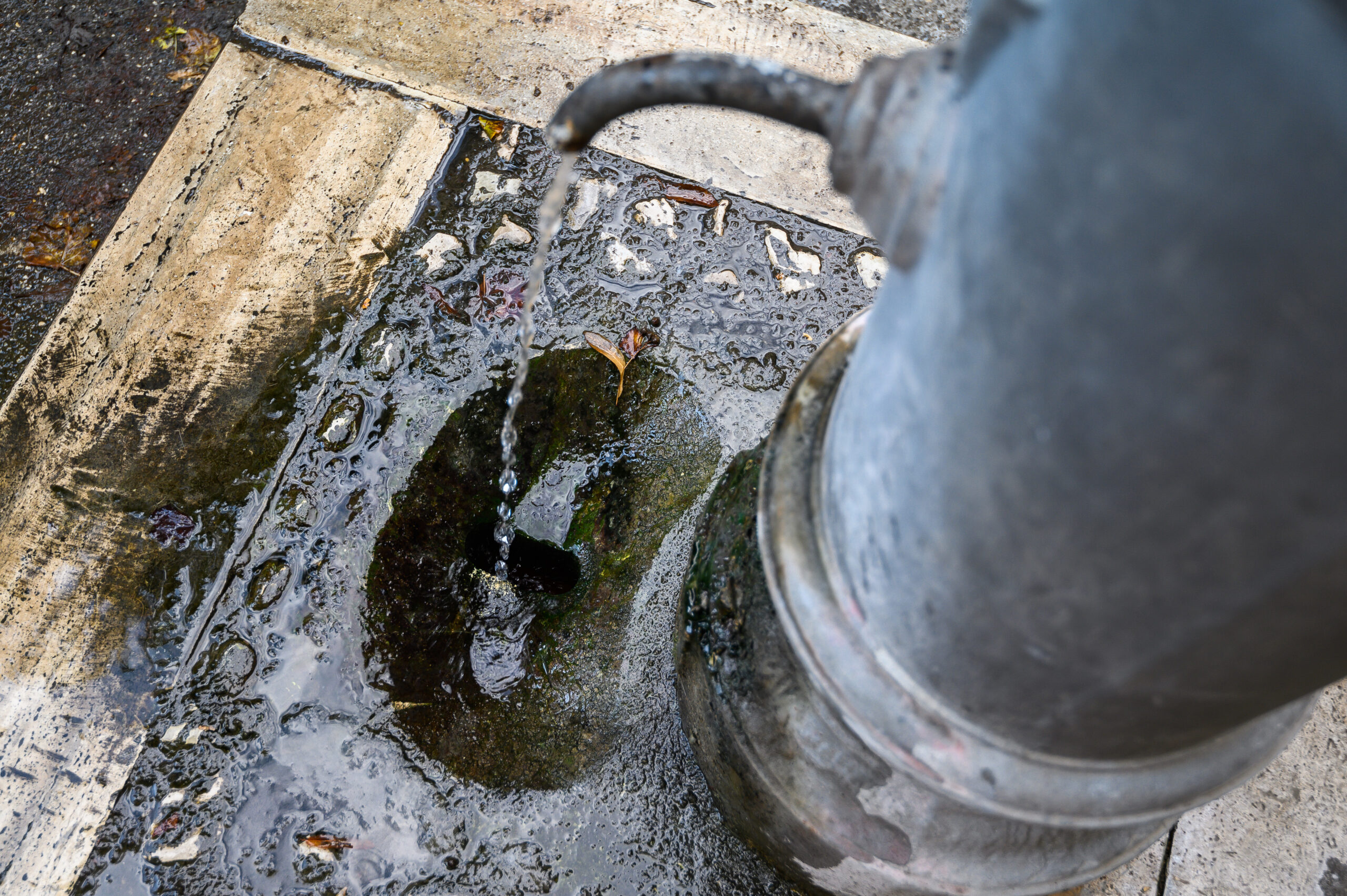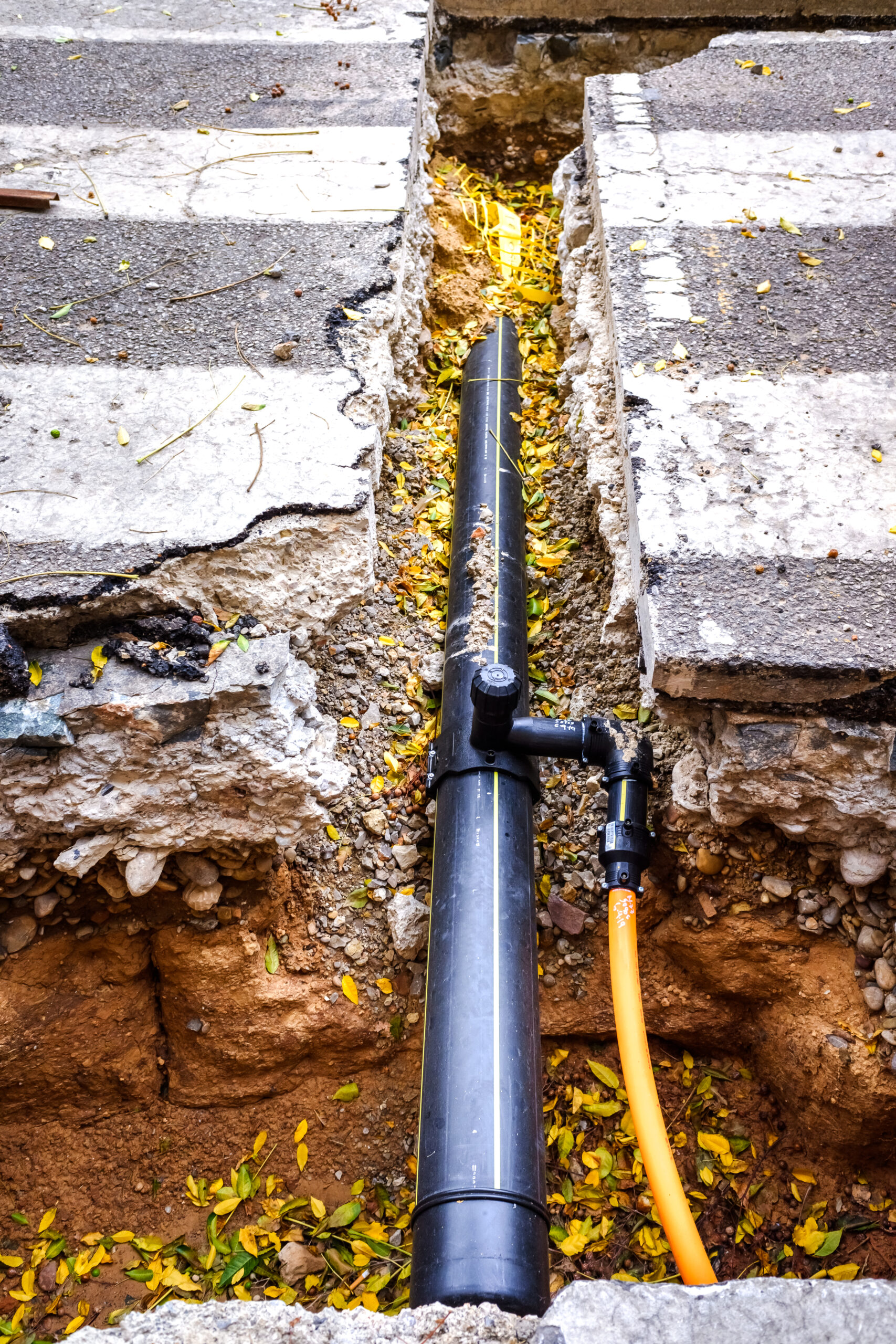
How Does a CCTV Drain Survey Work?
July 2, 2025 2:58 pmEver wondered what’s really going on beneath your feet? Whether you’re a facilities manager, a construction professional, a homebuyer, or a commercial landlord, drainage issues can spell disaster for your property or project. Blocked drains, hidden cracks, or collapsed pipes don’t just cause inconvenience, they can lead to costly repairs, structural damage, and even legal headaches. That’s where a CCTV drain survey comes in. But how does a CCTV drain survey work, and why is it the gold standard for drain inspection surveys and CCTV drainage investigations across the UK?
In this comprehensive guide, we’ll walk you through the step-by-step process, the technology involved, and the real-world benefits of commissioning a CCTV drain survey. We’ll also answer common questions like “how long does a CCTV drain survey take?” and when you might need one, so you can make informed decisions for your property or project.
What is a CCTV Drain Survey?
A CCTV drain survey is a specialist drain inspection survey that uses high-definition cameras to investigate the inside of drainage pipes and sewers. Unlike old-school methods that relied on guesswork or invasive digging, a CCTV drainage investigation provides a clear, real-time view of what’s happening underground.
Why is this important?
Because drainage systems are out of sight, problems often go undetected until they become emergencies. With a CCTV drain survey, you get visual evidence of blockages, cracks, root ingress, collapsed sections, and other issues, without any need for excavation. This approach is fast, accurate, and non-destructive, making it the preferred choice for property owners, developers, and infrastructure managers alike.
Equipment Used in CCTV Drain Surveys
So, how does a CCTV drain survey work from a technical perspective? The secret lies in the advanced equipment used by professional surveyors:
- Drain inspection cameras: These are high-resolution, waterproof cameras mounted on either crawler units (for larger pipes) or flexible push rods (for smaller, domestic pipes). Many feature pan-and-tilt heads, allowing surveyors to inspect junctions, bends, and connections in detail.
- LED lighting: Powerful, adjustable LEDs illuminate even the darkest sections of pipework, ensuring clear footage regardless of pipe condition.
- Telemetry and distance measurement: Integrated sensors track how far the camera has travelled, helping to pinpoint the exact location of any defects or blockages.
- Live video monitoring: Surveyors watch the footage in real time on a monitor above ground, making instant assessments and recording key findings for the final report.
- Data capture and reporting software: Modern systems log video, still images, and measurements, compiling everything into a comprehensive drain inspection survey report.
How Does the Survey Work? Step-by-Step
Let’s break down the typical CCTV drain survey process, so you know exactly what to expect:
-
Access and Preparation
Surveyors begin by identifying access points, usually manholes, inspection chambers, or rodding eyes. They’ll check the site layout, review any available drainage plans, and ensure all safety protocols are in place.
-
Camera Deployment
The camera is inserted into the pipework, either by pushing it along with a flexible rod (for short, narrow pipes) or using a motorised crawler unit (for longer or larger-diameter drains). The camera is manoeuvred through the drainage network, navigating bends, junctions, and changes in pipe diameter.
-
Real-Time Video Capture
As the camera travels through the pipes, it transmits live video back to the surveyor’s monitor. The surveyor watches for signs of damage, blockages, root ingress, or structural wear. Still images and video clips are captured at key points for later analysis.
-
Data Reporting
After the inspection, the surveyor compiles a detailed report. This includes:
- Annotated images and video footage
- A plan of the drainage system
- Precise locations and descriptions of any defects
- Recommendations for repairs or further investigation
The result is a clear, actionable document, often required for insurance claims, building control, or legal disputes.

How Long Does a CCTV Drain Survey Take?
One of the most common questions we hear is, “how long does a CCTV drain survey take?” The answer depends on several factors, but here’s a general guide:
- Residential properties: Most CCTV drain surveys for houses or small commercial units take between 1 and 2 hours.
- Larger commercial or infrastructure projects: Surveys can take several hours or even days, depending on the length and complexity of the drainage network.
Factors affecting the duration include:
- The size and layout of the drainage system
- The number and accessibility of entry points (manholes, rodding eyes, etc.)
- The presence of blockages, collapsed pipes, or other obstructions that may slow progress
- The need for detailed inspection at junctions, connections, or areas of known concern
If the survey uncovers significant issues, like a major blockage or a collapsed section, additional time may be required for further investigation or to clear obstructions.
When Do You Need a CCTV Drain Survey?
CCTV drain surveys aren’t just for emergencies. Here are the most common scenarios where a drain inspection survey is essential:
-
Pre-Purchase Property Inspections
Buying a new home or commercial property? A CCTV drainage investigation can reveal hidden problems that might otherwise go unnoticed until after you’ve moved in. Many mortgage lenders and insurers now recommend or require a drain survey as part of the due diligence process.
-
Blocked or Slow Drains
If you’re experiencing repeated blockages, slow drainage, or foul odours, a CCTV drain survey pinpoints the root cause, whether it’s a build-up of debris, tree roots, or a collapsed pipe. This targeted approach means repairs can be planned efficiently, saving you time and money.
-
Post-Construction Inspections
After new drainage systems are installed, a CCTV drain survey verifies that pipes have been laid correctly, without defects, misalignments, or construction debris. This is especially important for developers and contractors needing to demonstrate compliance with building regulations.
-
Insurance or Legal Purposes
If you’re making an insurance claim for water damage, subsidence, or flooding, insurers often require a detailed drain inspection survey. Likewise, in legal disputes over drainage failures or property boundaries, CCTV footage provides clear, impartial evidence.
-
Planned Maintenance and Asset Management
Facilities managers and local authorities use regular CCTV drainage investigations as part of proactive maintenance programmes. Early detection of wear, corrosion, or infiltration helps prevent costly emergency repairs and extends the lifespan of drainage assets.

The Benefits of CCTV Drain Surveys
So, why choose a CCTV drain survey over traditional methods? Here are the key advantages:
Non-Invasive and Cost-Effective
No need for disruptive, expensive excavation unless repairs are required. The entire process is conducted from above ground, minimising mess and site disruption.
Accurate Diagnosis
Real-time visuals allow surveyors to pinpoint the exact location and nature of any issue, from minor cracks to major collapses. This precision means repairs can be targeted, reducing unnecessary work and costs.
Supports Compliance and Planning
CCTV drain surveys are invaluable for construction projects, renovations, or extensions. They provide the documentation needed for building control, planning applications, and insurance compliance.
Prevents Unexpected Failures
Routine drain inspection surveys catch problems before they escalate, helping you avoid emergencies, property damage, and costly downtime.
Enhances Asset Management
For commercial landlords and local authorities, regular CCTV drainage investigations support effective asset management, budgeting, and long-term planning.
Common Questions About CCTV Drain Surveys
How does a CCTV drain survey work for different pipe sizes?
Specialist cameras and crawler units are available for all pipe diameters, from small domestic drains to large commercial sewers. The equipment is selected based on the specific requirements of your site.
Can a CCTV drain survey find all types of problems?
While CCTV surveys are highly effective for most drainage issues, some problems (like deep-rooted infiltration or severe structural collapse) may require additional investigation, such as sonde tracing or even excavation.
How long does a CCTV drain survey take for a commercial site?
Larger sites with complex drainage networks may require a full day or more, especially if multiple buildings or extensive pipework are involved. Your surveyor will provide a tailored estimate based on your site’s specifics.
Is a CCTV drain survey disruptive?
Not at all. The process is non-invasive, with minimal impact on daily operations or site access. In most cases, you can continue using your facilities as normal during the survey.
How Does a CCTV Drain Survey Work With Other Surveying Services?
CCTV drain surveys often complement other surveying and utility mapping services, providing a holistic view of your site’s underground infrastructure. For example:
- Utility Mapping Surveys: Combine CCTV footage with electromagnetic and GPR surveys to map all underground services, reducing the risk of service strikes during excavation.
- Topographic Surveys: Integrate surface and subsurface data for accurate site planning.
- Boundary Surveys: Ensure that drainage assets are correctly attributed to the right property or land parcel.
- Measured Building Surveys: Link internal plumbing layouts with external drainage networks for complete building intelligence.
By consolidating these services, you get a single, authoritative source of truth for your project, streamlining planning, compliance, and risk management.
Why Choose Castle Surveys for Your CCTV Drain Survey?
At Castle Surveys Ltd, we bring years of experience, state-of-the-art equipment, and a commitment to clear, actionable reporting. Whether you’re a homeowner, developer, facilities manager, or local authority, we tailor our approach to your needs, delivering reliable, detailed drain inspection surveys you can trust.
Conclusion
So, how does a CCTV drain survey work? In short, it’s a fast, accurate, and non-invasive way to see exactly what’s happening inside your drains. From pinpointing blockages and structural faults to supporting insurance claims and compliance, CCTV drain surveys are an essential tool for anyone responsible for property or infrastructure.
Don’t let hidden drainage problems disrupt your plans. Need a drainage inspection? Get in touch with Castle Surveys Ltd to book a CCTV drain survey and keep your project flowing smoothly.
This post was written by Paul Jackson

Comments are closed here.